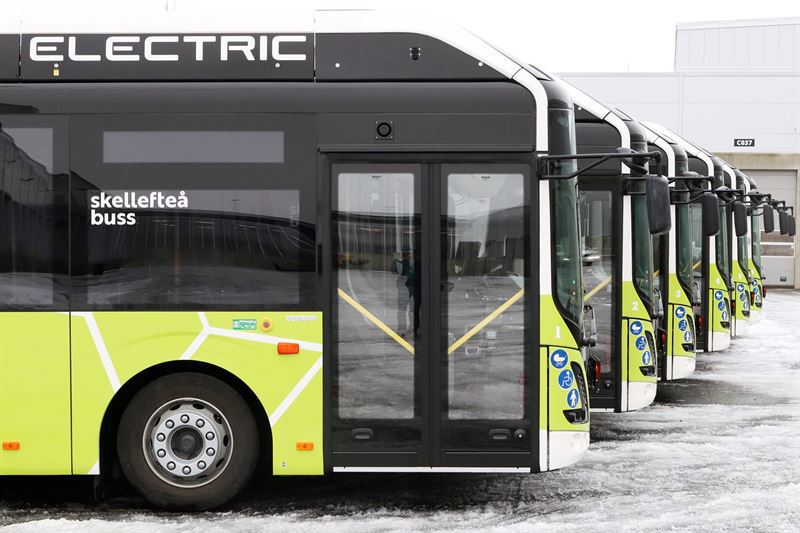Taking the pulse on SAEKERT
This autumn, SAEKERT is generating key insights on microgrid solutions and the municipality's vehicle fleet – and we’re excited to share the latest developments.

Smart energy for critical infrastructure
Simulations at Östra Navet show that energy needs shift with the seasons. Winter brings challenges for solar power alone – micro-wind could make the difference. As Manav Giri, doctoral student in electric power engineering at Luleå University of Technology, explains:
– In winter, PV generation is very low, so solar alone won't cut it. Micro-wind together with a BESS can keep the microgrid resilient, with solutions like RW100, VX175, or Aeromine 5000 feasible given Skellefteå’s 6 m/s average wind speed.
In summer, solar surpluses can be redirected to smart vehicle charging or battery storage. Next, micro-wind will be added to the model and tested at up to ten satellite sites across the municipality.
Mapping vehicle energy needs
Simulating the municipality’s vehicle movements reveals interesting patterns. Fixed-route buses are easier to plan for than expected, which allows more focus on complex flows and flexible charging needs. Further analysis will continue, particularly around depot strategies and charging infrastructure.
Rules, policies, and scenarios
Scenario work paused briefly in autumn but resumes this November. A revised scenario approach, developed together with other research efforts, gives a clearer picture of the system’s complexity. While the scenarios are still being finalised, the results are expected to guide future decisions and strengthen the municipality’s long-term resilience.
Why it matters
Together, this work gives a clearer picture of how energy supply, vehicle operations, and regulations interact. It helps build a transport system that is safe, adaptable, cost-efficient, and climate-neutral – while also strengthening societal resilience.
In the long run, SAEKERT will develop educational materials, share good practices, and provide suggestions for policy improvements. This overarching goal drives all the work in the project.
Stay in the loop
Want to follow our progress? Go to the project page and sign up for updates.



